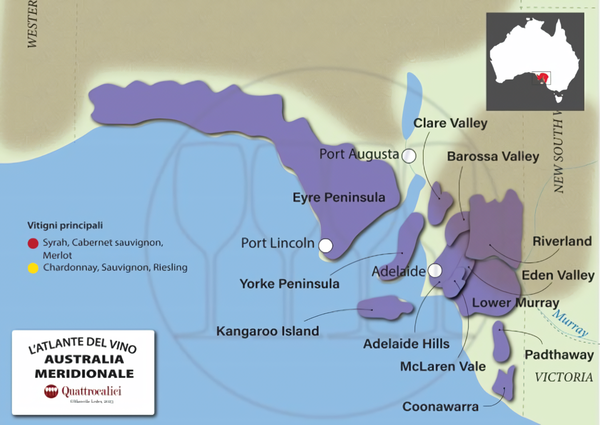
[아츠앤컬쳐] 남호주 애들레이드에서 차로 한 시간 남짓 달리면 풍경이 완만한 구릉으로 물들며, 끝없이 이어지는 포도밭과 오랜 세월을 간직한 석조 오두막들이 잔잔한 이야기를 들려준다. 이곳이 바로 호주 와인의 심장부 바로사 밸리다. 이곳에서 와인은 단순한 생산이 아니라, 대대로 계승하고, 축하하며, 정성을 담는다.

바로사 밸리의 역사는 1840년대 초, 새로운 삶과 기회를 찾아온 유럽 이민자들로부터 시작된다. 영국 개척자들이 마을과 교역, 제도의 뼈대를 세웠다면, 독일 이주민들은 이곳에 영혼을 불어넣었다. 프로이센에서 종교 박해를 피해 건너온 그들은 수세기에 걸친 포도 재배와 와인 양조의 경험, 전통과 노래, 포도나무를 함께 가져와 이 땅에 뿌리내렸다. ‘바로사’라는 이름은 1837년 남호주 최초의 측량사였던 윌리엄 라이트 대령의 기록 착오에서 비롯됐다. 그는 자신이 참전했던 스페인 안달루시아의 바로사 전투를 기리려 했지만, ‘Barrosa’를 ‘Barossa’로 잘못 표기하였고 그 실수가 훗날 호주를 대표하는 와인 산지의 이름이 되었다.
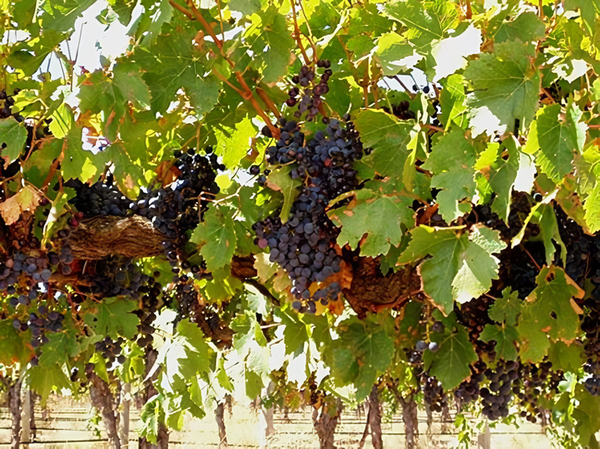
바로사 밸리는 특히 시라 품종의 레드와인으로 세계적 명성을 얻고 있다. ‘시라’라는 이름 자체가 신비로움을 지니며, 이 포도로 빚어진 와인만큼이나 매혹적이다. 이 품종의 기원은 프랑스 남서부로 알려져 있으나, 고대 페르시아의 도시 쉬라즈와 연결지어 교역이나 십자군을 통해 서쪽으로 전해졌다는 설이 존재한다. 하지만 현대 연구에 따르면 론 계곡 지방 방언에서 유래했고, 호주에서 ‘쉬라즈’라 발음하는 것은 페르시아와의 연관성보다는 ‘시라’를 잘못 발음했을 것이라고 한다.
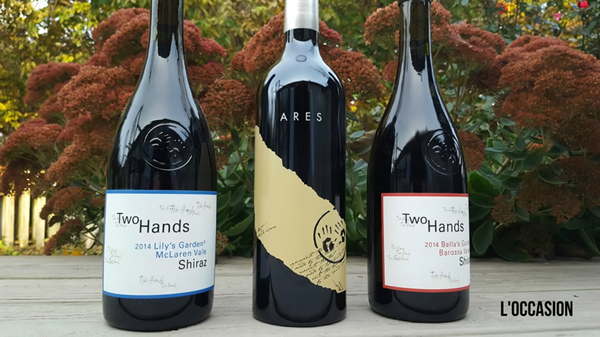
쉬라즈 와인은 탄탄한 구조감을 지니며, 숙성에 따라 가넷 색조를 띠는 짙은 루비레드 색상에, 블랙베리, 블랙커런트, 블루베리의 풍부한 향, 후추와 정향, 감초의 향신료 노트, 은은한 바이올렛 향과 코코아의 미묘한 뉘앙스가 어우러진다. 맛은 따뜻하고 부드러우며, 적당한 탄닌감과 농밀한 과실 향이 긴 여운을 남긴다. 또한 구조감 있는 카베르네 소비뇽, 벨벳 같은 그르나슈, 흙 내음을 간직한 무르베드르 등도 와인을 풍성하게 완성한다. 이들이 블렌딩될 때, 입안에서 조화를 이루며 풍부하고 향기로운 매력적인 와인이다.
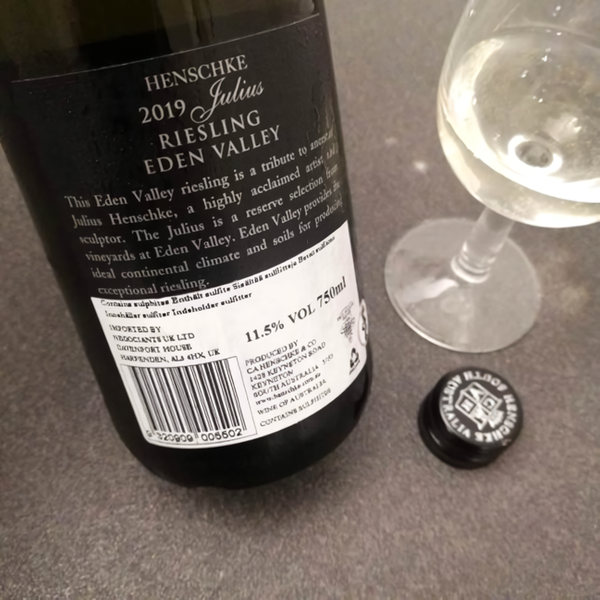
또한, 화이트와인은 특히 서늘한 에덴 밸리 지역에서 산뜻한 라임 향과 석회질 미네랄, 놀라운 숙성 잠재력을 지닌 리슬링으로 명성을 떨치며, 햇살 가득한 바로사의 레드와인과 상쾌한 대조를 이룬다. 세미용은 꿀과 감귤 향으로 따스함을 더하며, 샤르도네는 날렵함과 크리미함 사이에서 다채로운 풍미를 펼친다.
세계 각지의 영향을 받아 토종 재료로 만들어지는 호주의 요리는 바로사 밸리 와인과 절묘한 조화를 이룬다. 상큼한 쉬라즈는 오래 끓인 양고기 요리와, 카베르네 소비뇽은 구운 고기와 잘 어울린다. 산뜻한 리슬링은 신선한 새우와 매콤한 생선 요리에 활기를 불어넣으며, 균형 잡힌 샤르도네는 구운 치킨이나 호박 라비올리와 완벽히 어울린다.
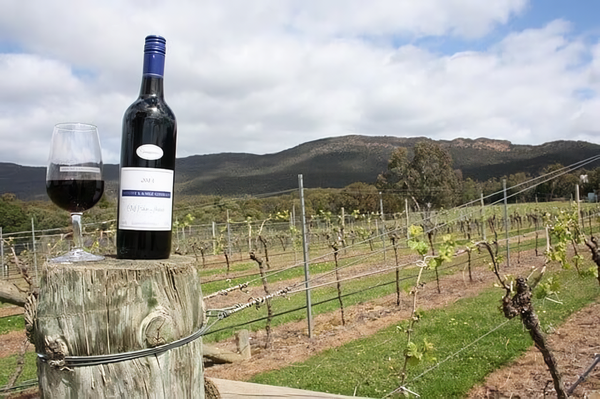
바로사 밸리의 와인을 마신다는 것은 단순한 미각 경험을 넘어, 세대를 이어온 와인 생산자들의 삶과 풍경을 마주하는 일이다. 한 병의 와인에는 태양과 흙, 그리고 포도밭에서의 일상과 역사가 고스란히 담겨 있다.
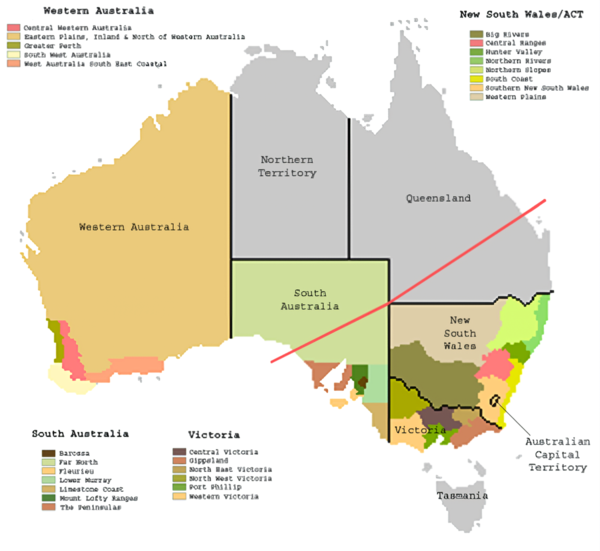
Vineyards of Heaven, Barossa Valley
In South Australia, just an hour’s drive from the city of Adelaide, the land softens into gentle rolling hills stitched with endless vineyards and stone cottages that whisper stories from long ago. This is Barossa Valley, Australia’s heartland of wine, a place where wine is not just made, it is inherited, celebrated and lovingly poured from one generation of vine-growers to the following one.

The story of Barossa Valley begins in the early 1840s when waves of European settlers arrived there, seeking new lives and opportunities. Among them were British pioneers who laid down the structural bones of towns, trade and governance. It was German immigrants, however, many fleeing religious persecutions from Prussia, who brought soul to the valley. They carried with them vines, traditions, songs and winemaking knowledge, their whole experience in centuries of viticulture.

The name Barossa originates from a clerical error made by Colonel William Light, South Australia’s first Surveyor General in 1837. He intended to honor the Battle of Barrosa, a British victory over the French in Spain, in which he had fought. The correct spelling Barrosa, referring to the Barrosa Ridge in Andalusia, has been mistakenly written as Barossa and in a twist of fate this misnamed valley would later become one of Australia’s most iconic wine regions.
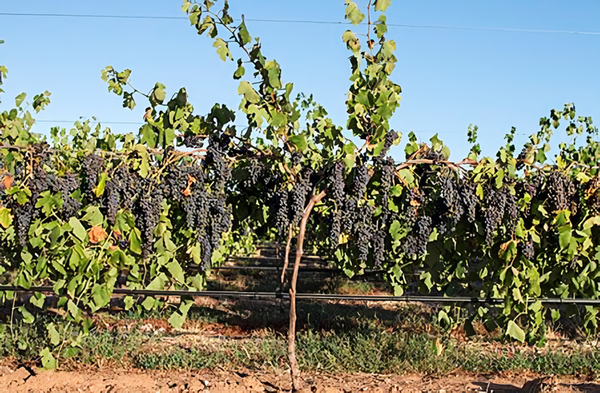
Barossa Valley is renowned worldwide primarily for its red wines made from Syrah grapes. The name Syrah carries with it an aura of mystery as rich as the wines made from these same grapes. Although this variety is genetically native to southwestern France, its name has sparked centuries of speculation. Some romantic, fascinating theories link Syrah to the ancient Persian city of Shiraz, now in Iran, famous for its celebrated wines produced there before the Islamic era, suggesting the grape may have journeyed westward with traders and Crusaders. Modern research, however, point to a more local origin, with the word Syrah probably derived from regional dialects in the French area of the Rhone Valley. The Australian word Shiraz, therefore, is more likely a mispronunciation of Syrah than any firm link to the Iranian city.

Shiraz wines are well structured, displaying an intense ruby red color with garnet hues as they age, deep aromas of blackberries, blackcurrant, blueberries, spicy notes of black pepper, cloves, licorice, floral hints of violet and a whisper of cocoa. The taste is full-bodied, moderately tannic, warm, velvety with a lingering aftertaste of ripe fruit.
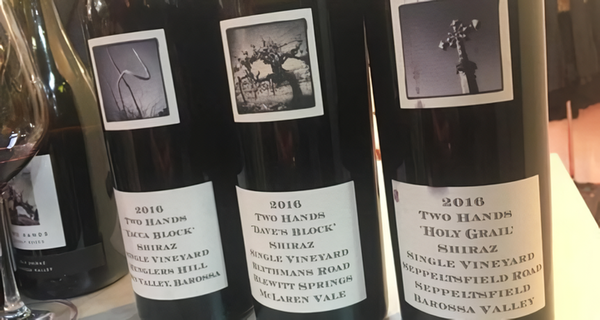
Other red wines, like structured Cabernet Sauvignons, velvety Grenache and earthy Mourvedre, complete Barossa Valley’s rich tapestry. When blended, they create harmony on the palate and yield full-bodied, aromatic, endlessly compelling wines.
White wines find their voice too, especially in the cooler sub region of Eden Valley. Riesling stands proud with its zesty lime, steely mineral taste and surprising longevity. A crisp contrast to Barossa’s sun-drenched red wines. Semillon brings warmth with honey and citrus notes, while Chardonnay flexes between lean and creamy.
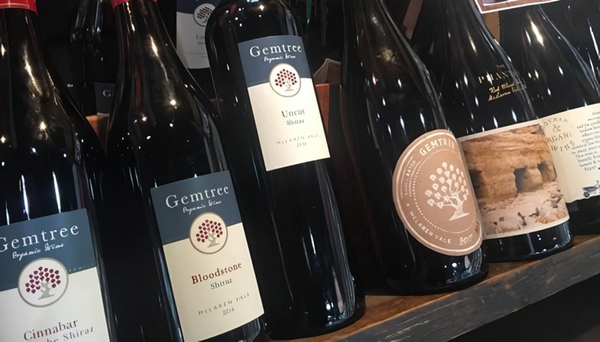
Australian cuisine, shaped by global influence and native ingredients, find perfect matches with Barossa Valley’s wines. A pleasant Shiraz enhances slow-cooked lambs; a Cabernet Sauvignon goes well with grilled meat. Crisp Riesling wines brighten fresh prawns and spicy fish dishes while fresh, well-balanced Chardonnay pairs with roasted chicken or pumpkin ravioli.
Drinking Barossa Valley wines is an experience that transcends flavors and evokes timeless landscapes where generations of winemakers have lived. Each bottle is a journey into stories told through sun, soil and people’s daily work in the vineyards.

글 | 에밀리아노 펜니지 Emiliano Pennisi
Wine scholar and expert
He attended sommellier courses in Italy
Lecturer of the Italian Cultural Institute in Seoul
Sogang University lecturer of Italian language

